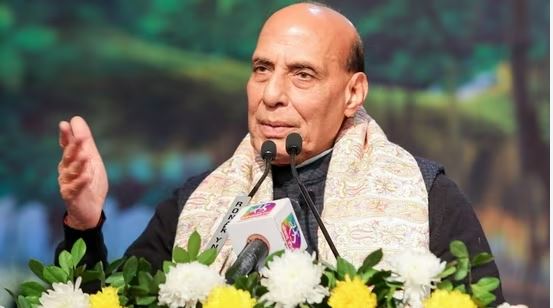At the recent Joint Combined Commanders Conference in Lucknow, Chief of Defence Staff (CDS) General Anil Chauhan presented a detailed overview of the planned military theatre commands to the assembled Commander-in-Chief. This presentation marks a significant step in India’s ongoing efforts to modernize its military structure and align it with the ambitious ‘Viksit Bharat’ vision.
When Narendra Modi assumed office as Prime Minister in May 2014, he made it clear that he envisioned the Indian armed forces as a unified entity, symbolized by the Indian flag rather than by the distinct colors of each service. Since then, his commitment to fostering integration and joint operations among the armed forces has been unwavering. However, the transition towards this integrated approach, particularly with the introduction of theatre commands, has been methodical and carefully managed.
The Evolution Towards Theatre Commands
The slow but steady process of integrating theatre commands is reflective of the broader vision for a ‘Viksit Bharat’ (Developed India), which aims to position India as a global player. While the military’s primary role remains the defense of the nation and support for diplomatic efforts, the theatre commands are a crucial component in preparing India for future global challenges.
The theatre commands are designed to streamline military operations across various domains—land, air, sea, and space—by breaking down traditional service-specific barriers. This move is intended to enhance operational efficiency and responsiveness, particularly in light of evolving security dynamics in the region.
Strategic Context and Regional Dynamics
During the conference, Eastern Army Commander Lieutenant General R. C. Tewari briefed Defence Minister Rajnath Singh on the current posture of the Chinese People’s Liberation Army (PLA) along the Line of Actual Control (LAC) in Sikkim and Arunachal Pradesh. The Chinese Western Theatre Command has been heavily deployed along the 3,488 km LAC, with significant troop and equipment presence since the 2020 clashes in East Ladakh. Despite ongoing diplomatic and military talks, the situation remains tense, with disengagement and de-escalation still pending.
Additionally, the political instability in Bangladesh, coupled with the presence of militant groups and historical ties between Bangladesh’s BNP and Pakistan, has raised concerns among Indian military leaders. The volatility in the region underscores the necessity for a robust and integrated military response capability.
The Need for Modernization
Amidst global conflicts and regional uncertainties, including the ongoing wars in Ukraine and Gaza, the Indian military must evolve beyond outdated frameworks. The establishment of theatre commands, with a focus on comprehensive intelligence gathering and strategic application, is seen as essential for overcoming the inefficiencies of previous systems.
By eliminating traditional silos and fostering a more cohesive military structure, India aims to enhance its operational capabilities and better address future challenges. The theatre commands are integral to this strategy, reflecting a broader effort to prepare India for a prominent role on the global stage.
















